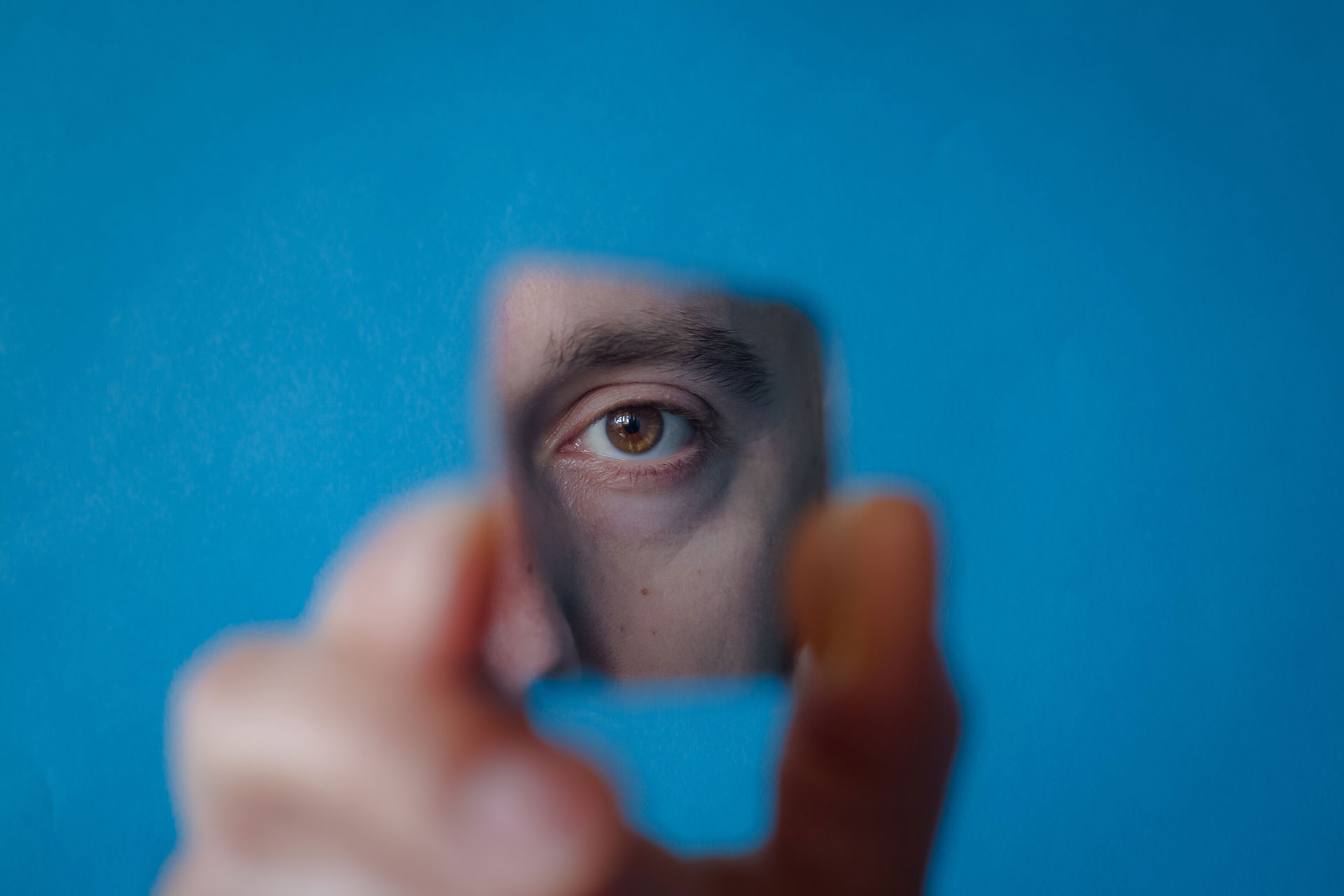Alfred Kinsey introduced the idea that sexuality exists on a spectrum back in 1948. By now, it’s well understood that there’s a very wide field between 100% straight and 100% gay. The same applies to relationships, but there’s not enough awareness that there’s a wide spectrum between 100% monogamous and 100% polyamorous.
Rarely are people fully in one camp or the other. Rarely are relationships stuck to one form throughout their lifetime. Life is fluid, circumstances change, so do needs and wants.
Relationships are a contract between two or more people – whatever works for them is the right path.
Here’s my attempt to explain the spectrum and it’s not by any means a definitive list.
Monogamous
The standard-issue relationship. Two partners (no matter the gender), exclusive to one another. The most socially accepted norm.
Unethically non-monogamous
It appears in various forms, from the good-ole-fashioned cheating (it happens far more than people realize), to Don’t Ask Don’t Tell relationships, to seeing multiple people until one decides who to form a serious relationship with.
Strangely – none of the behaviours above are seen as non-monogamy by the people practicing them. Most are convinced that they are monogamous and that their cheating is an exception, or that they could never be able to date several people, even though they do exactly that at the beginning of their relationships.
Semi-open relationship
Many couples decide to spice things up, or just have fun together. Sometimes it’s swinging – they have sexual interactions with other couples or singles. Sometimes they may be dating one other person or a couple for a longer period of time. They do everything as a couple and any solo initiatives are considered cheating.
Open-relationship with limitations
Both partners agree to have solo sexual adventures, but no relationships with others. Very often this is the opening stage for Hierarchical polyamory.
Hierarchical polyamory
Both can date others and have meaningful relationships with others. They love more than one person and that is accepted by everyone involved.
There is a clear hierarchy though – primary partner, secondary partners. The primary partner is exactly that – a primary. Their interests, needs, wants come first, before those of other partners. For this to function, everyone in the relationship network needs to be fully comfortable with it. It usually works best when everyone involved has a primary partner and a hierarchical relationship.
Non-hierarchical polyamory
No hierarchy, everyone is equal. It can take many forms, from Solo-poly (one person dating multiple other people, none of which are their primary partner), to full-blown communal living between several equal partners.

Many people see different relationship styles as phases, as something you may do for a bit when you are young, between steady long-term relationships, or to spice things up. Freshen up the marriage with a visit to a sex club. Have a fun threesome during the Caribbean resort vacation. Have a one-night stand during a business trip.
I see them as a defining aspect of who we are as people. We can choose to be in a monogamous relationship with someone, it doesn’t mean that we are monogamous. The same way a bisexual person can be in a heterosexual relationship and never experience interaction with the same sex, but they remain bisexual, that’s who they are at their core. It doesn’t mean they are unhappy – but it doesn’t change their sexual orientation. In the same sense, a poly person can be very happy in a committed, monogamous relationship, but it doesn’t change the fact that they are poly.
This idea is not widely accepted, even among non-monogamous people. Relationship style is still seen as a choice one makes, not who they are. I think we need to keep an open mind, hear different opinions, and allow people to express themselves freely.
Society is too quick to judge and label relationships. It’s often said that poly relationships can’t work in the long run. The fact is – they can. When they don’t, it’s usually because societal frames and limitations impact them. If we are all just a touch more respectful and accepting towards others, it will alleviate the societal pressure and allow more people to live the life they want and hope for.



